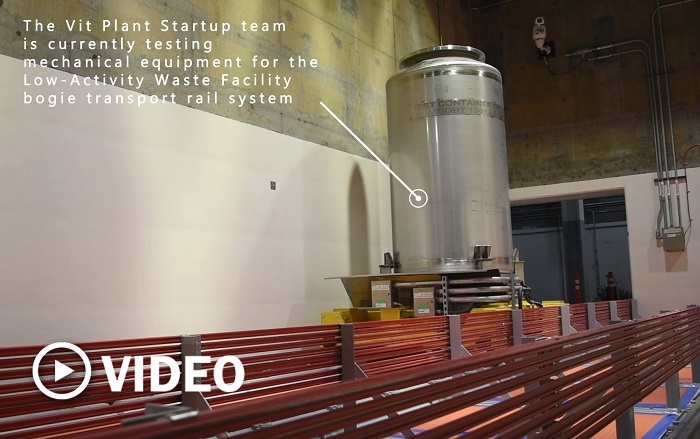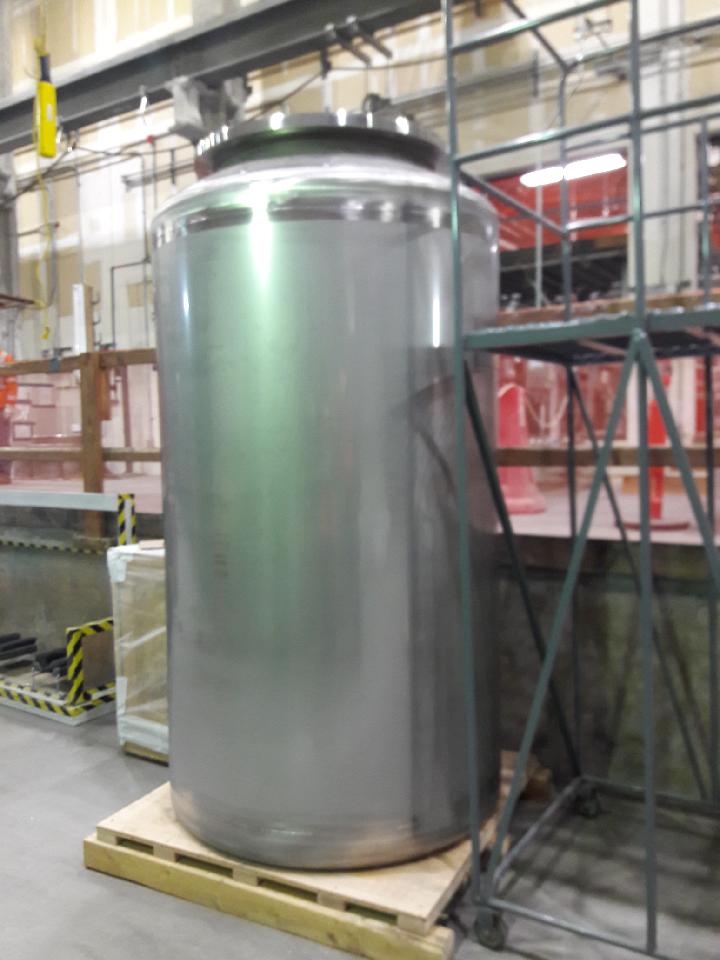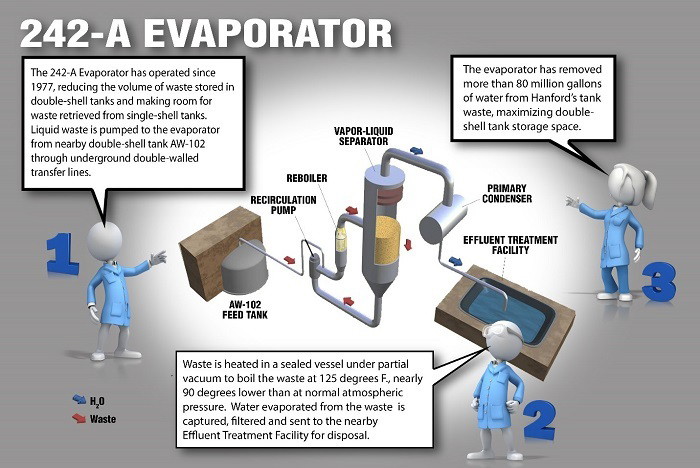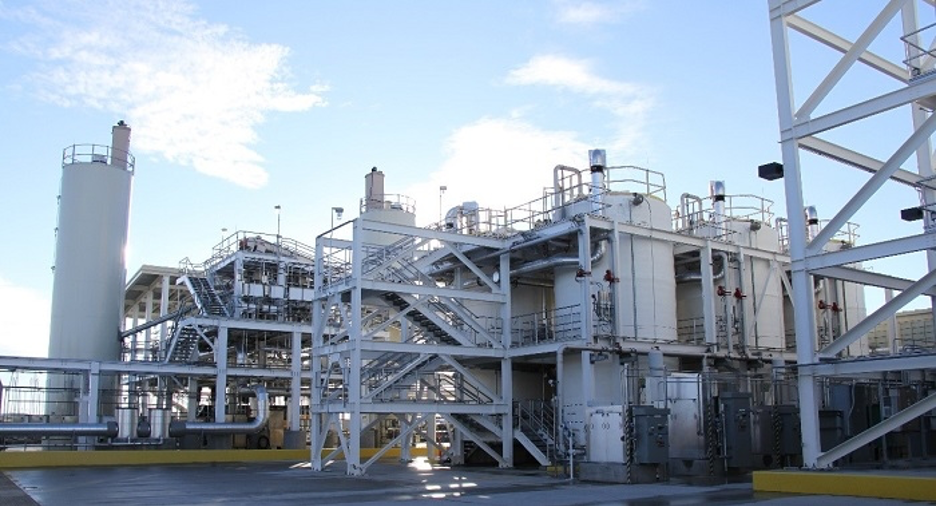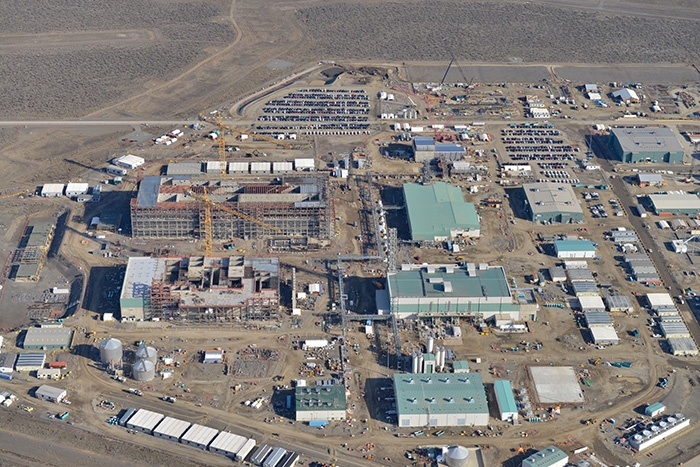Search for new Hanford tank waste contractor begins
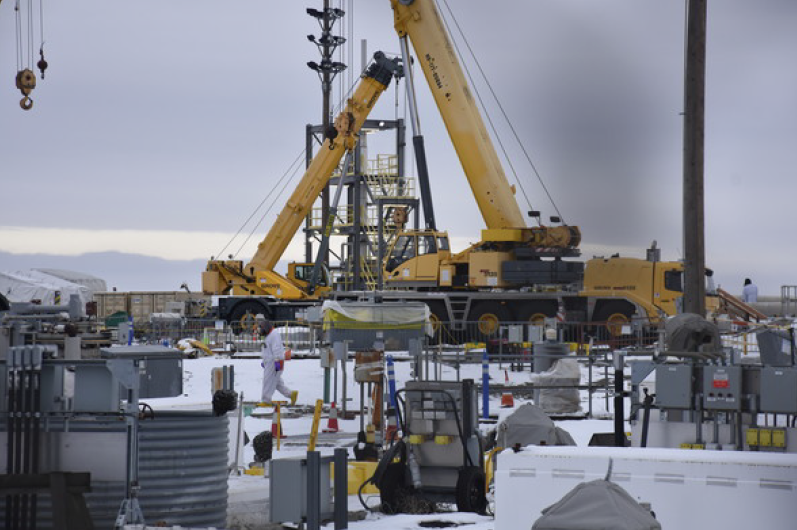
Workers retrieve waste from a single-shell tank at the Hanford Site earlier this year. Photo: DOE
The Department of Energy’s Office of Environmental Management (EM) has issued a draft request for proposals for the new Integrated Tank Disposition Contract at the Hanford Site near Richland, Wash. The 10-year, $26.5 billion contract will replace the Tank Operations Contract currently held by Washington River Protection Solutions, and the scope will be expanded to include the operation of the Waste Treatment and Immobilization Plant (WTP) after radiological, or “hot,” commissioning of the plant is completed.
The DOE had awarded a tank closure contract to a team led by BWX Technologies in May of last year, but later rescinded that decision after protests were raised by the two losing contract bidders.
About 56 million gallons of radioactive waste is contained in Hanford’s 177 aging underground tanks. The WTP, which is still under construction, will vitrify the waste after it has been separated into low- and high-activity waste streams.



